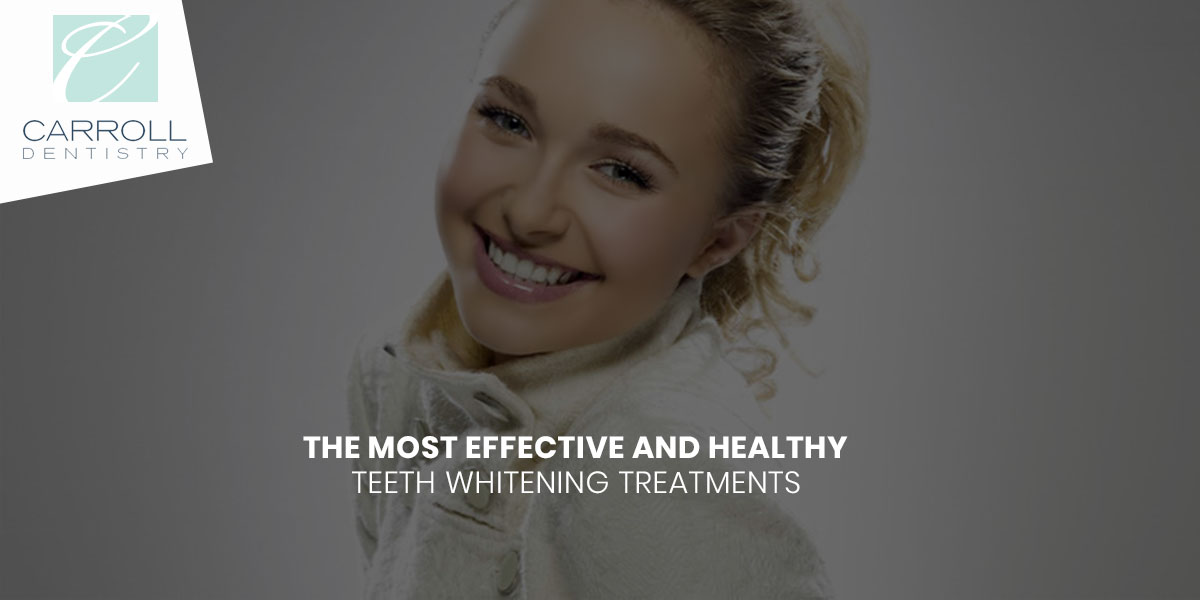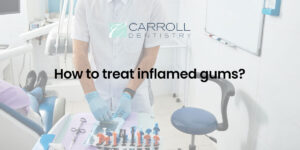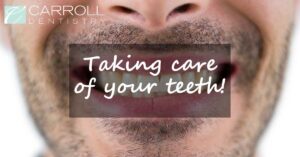Teeth whitening is a good option if you have stains on your teeth. The type of teeth whitening treatment you need depends on the type of stain and the desired results. Find out how to select a teeth whitening treatments that fits you needs.
Stains on the enamel
When people have stains on the enamel that have not made it to the dentin, they require what is known as extrinsic whitening. This form of teeth whitening removes the stains on the exterior of the teeth.
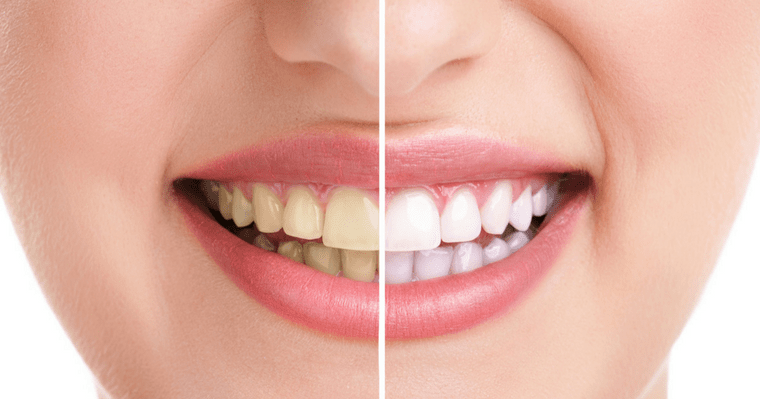
What causes stains on the enamel?
Enamel can become stained due to a variety of factors. Common causes include drinking tea, coffee and red wine as well as smoking.
Removing stains on the enamel
In some cases, surface stains can be removed with a proper dental cleaning and a whitening toothpaste. However, hard to –remove stains, including yellow stains, require a bleaching agent. Bleaching agents break up the stains, making them less visible.
Dentist offer teeth whitening products that contain high amounts of bleaching agents such as hydrogen peroxide. Strong solutions should only be applied under the care of a dentist or with an at-home kit provided by the dentist. Dentists ensure the gums are fully protected when teeth whitening.
Stains on the inner part of the tooth
Oftentimes, stains make their way through the enamel all the way to the dentin. This is known as intrinsic staining, and it is harder to teeth whitening that a person who has this issue.
What causes intrinsic tooth discoloration?
ntrinsic tooth staining can be caused by trauma to the tooth, overexposure to fluoride as a child or congenital tooth discoloration. Some antibiotics can also cause intrinsic tooth discoloration.
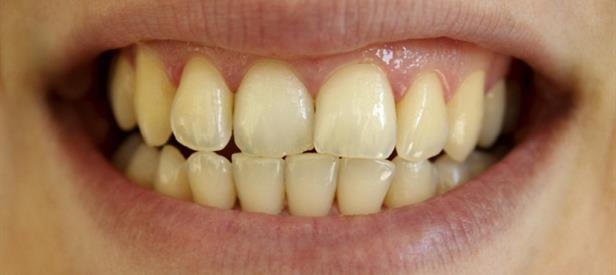
Removing intrinsic tooth stains
A strong bleaching agent is needed to eliminate the stains. The dentist might use a laser to activate the bleaching agent, so it will work faster.
If bleaching does not work, the dentist might recommended porcelain veneers to hide the stains.
Age-related tooth discoloration
Age –related tooth discoloration is a combination of extrinsic and intrinsic stains. In some causes, seniors have to go through two treatment options when removing these stains.
Removing age – related tooth stains
South Beach Dentist often recommended an in-office bleaching treatment for age-related staining. The bleaching agent removes the extrinsic stains, along with some of the some of the intrinsic stains. In many cases, the patient is pleased with the results and does not require further treatment.
In some cases, though, the patient wants even whiter teeth. When that is the preference, a combination of dental veneers and teeth whitening is the solution.
Choosing a teeth whitening option
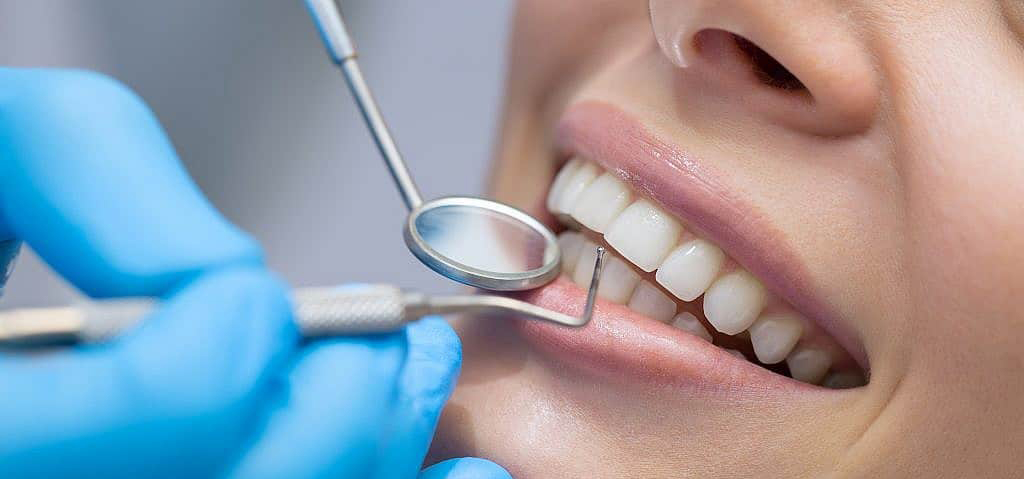
The teeth whitening option you choose should depend on your specific needs. If you have extrinsic stains, you might not require professional treatment, although it can still help. However, if you have intrinsic stainst or age – related stains, a strong bleaching agend provided by a dentist is required.
You also might need additional dental work to hide all the stains. Contact us and make your appointment.

